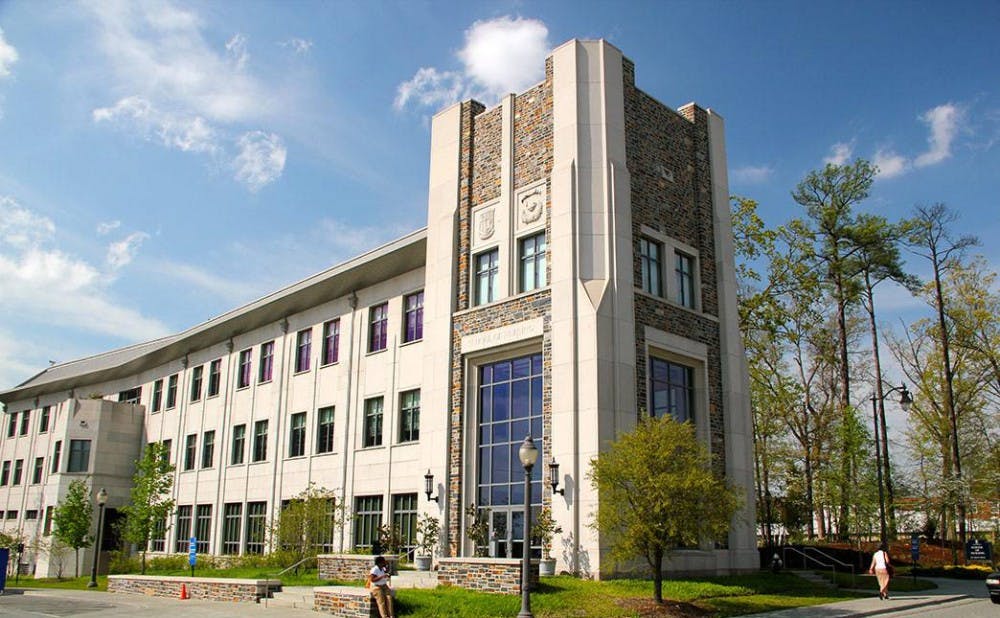The School of Nursing will begin using wearable sensors to more effectively prevent bedsores.
Researchers from the School of Nursing have partnered with Leaf Healthcare to launch a five-year study on prevention of pressure ulcers—also known as bedsores—in nursing homes, aiming to improve outdated patient turning procedures. The team—led by Tracey Yap, associate professor at the School of Nursing and principle investigator of the study—will use the Leaf Patient Sensor as their primary tool.
“[In previous studies] you were relying on nurses’ documentations—relying on self-report data,” Yap said. “This technology timestamps when somebody gets repositioned, so there is no question.”
Pressure ulcers affect an estimated 2.5 million people per year in the United States alone, yet the standard of preventative care has remained largely unchanged since the 19th century when Florence Nightingale popularized the practice of repositioning patients every two hours.
The sensor may modernize practices through its ability to track a patient’s position in real time and alert the nursing staff when the patient is due to be repositioned. With the help of the sensor, Duke researchers can control and monitor the repositioning intervals for nearly 1,000 nursing home residents at nine sites. Residents will be repositioned at two, three or four-hour intervals.
“The reality is that some people are probably repositioning themselves anyway—this is something we’ve never been able to see before,” she said.
The potential quality of life improvements are not exclusive to residents—Yap noted that it is also better for the nursing staff who are at risk of back-related injuries from lifting and turning patients. Leaf displays on a wall will show who is due for a turn, so nurses don't have to worry about turning patients who have already turned themselves.
“People hate being repositioned every two hours,” Yap said. “They will ask you, ‘please, just leave me alone in the middle of the night, I don’t want to be turned.’ If they can go four hours, it is a much better quality of life.”
Another aim of the study is to address the staggering costs associated with treating pressure ulcers.
“Is prevention truly cheaper than treatment? [U.S. patients] pay $11 billion per year toward pressure ulcer treatment, so it seems like prevention should be the way to go,” Yap said.
The sensor offers an opportunity to look not just at turning intervals, but also what positions patients are in—whether they are they sitting up, on their bellies or 30 degrees to the right.
By collecting data from nearly 1,000 patients, Yap’s team can begin to paint a clearer picture of the causes and risk factors for pressure ulcers.
“We don’t really know what we’re going to learn out of it—there is just so much information,” Yap said. “This is big data.”
Get The Chronicle straight to your inbox
Signup for our weekly newsletter. Cancel at any time.

